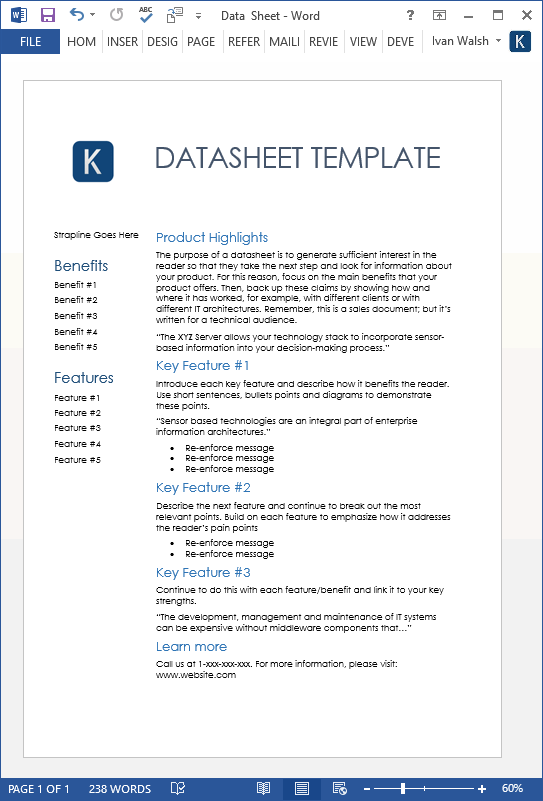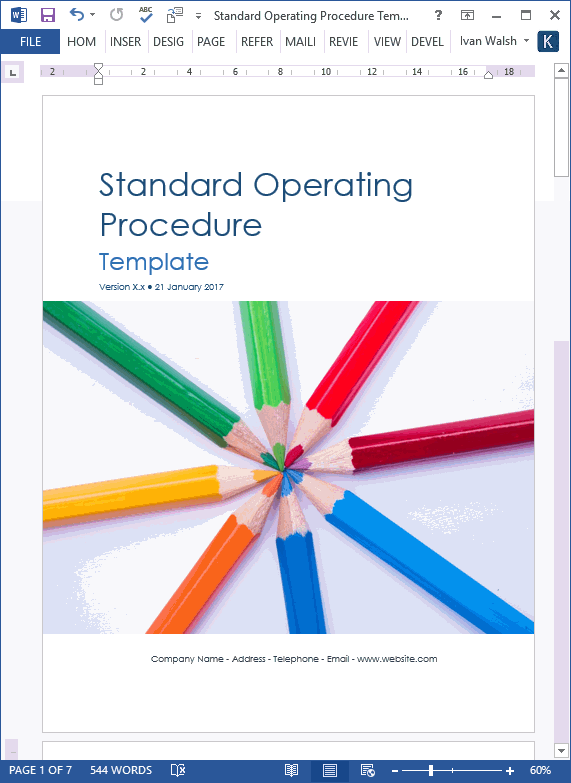Remember, consistent practice is key to improving your proofreading skills. In addition to the above suggestions, I’d suggest that you look at proofreading as a separate task in the document development process.
For example, if you use software like Jira/Trello to manage your writing projects, add a specific ticket for proofreading. This ensures you carve out enough time to perform this task before you send the documents out to customers.
Category Archives: How to Write
The words you choose within your app are an essential part of its user experience. Learn how to improve content for web and mobile applicatons.
One of the most practical applications of AI is its ability to create ‘bespoke’ training plans. The limitation of most training courses is that they are too generic, cover material you already know, and fail to provide the level of detail you want.
In this tutorial, I’m going to walk you through how to create a tailored training plan. To give it some context, I’ll develop a plan to upskill a remote IT team. I’m using this as an example as increasingly we’re working as part of remote teams, and I suspect that coordinating the onboarding, upskilling, and development for remote workers can be quite challenging. While there are a lot of generic training materials out there, how do you find a way to carve out a bespoke plan for your team?
For Product Managers, using AI to write user stories offers several benefits, namely, Efficiency, Consistency, and Scalability.
Whether Google Gemini, ChatGPT or Claude, you can quickly produce multiple user stories, saving time compared to manual writing. If you provide with strict writing guidelines, it will follow a consistent structure and format, ensuring uniformity across all your user stories.
In this Klariti tutorial, we look at how to write, review, design and improve your datasheets.
When writing technical documents, especially those that have gone through multiple revisions, what you initially set out to write and what appears in the review document may differ. In addition, you’re probably fatigued from wordsmithing the text and want to move on to something else. Nonetheless, as your name is on the document, it’s critical that you can stand by what you’ve written.
So, let’s look at how to review a technical document. Before I start, it’s assumed you’ve spellchecked the text, checked your sources, and so forth.
When coaching product managers, I help them identify complex requirements and decompose them into atomic requirements. That is, requirements which cannot be decomposed any further. As it’s not unusual for newly minted product managers to blend multiple requirements into a single user story, I’ll prepare a checklist which they can refer to when drafting their requirements.
If you work in an Agile or Scrum environment, you might find the ‘flexible’ nature of the sprint/epic/releases can undermine your project estimates. If that’s the case, consider using the following guidelines to identify atomic requirements, which you can then convert into easier to estimate user stories.
Seeking feedback is essential to improve any skill whether it’s writing, planning or coding. Instead of running away from feedback, look for ways to weave it into your overall writing process.
By leveraging feedback, you’ll be able to identify blind spots and areas where you can improve, ultimately leading to higher-quality writing.
Here’s a favorite quote from Anne Lamott from the introduction to “Bird by Bird: Some Instructions on Writing and Life” about the value of feedback:
“I know I’m somewhat criticism-deaf, criticism-resistant, but I try to keep an open mind about it because I know that being a good writer has to involve being a good reader and a good listener.”
Writing business requirements? This guide shows you how AI (Google Gemini) can help draft, write, and review your SRS docs. Don’t worry, it won’t replace you, but save time, improve quality, and free you for strategic tasks.
In the following tutorial, we show how to write standard operating procedures, also known as SOPs. We’ll also look at how to plan, review, edit, and publish your SOPs, to make sure they stay relevant. Will these guidelines make you a better procedure writer? Download Now for $9.99 Download standard operating procedures templates here. Yes. Follow the […]
Summary: Writer’s Block is a result of poor planning and feeling overwhelmed as a result. Here’s how to overcome writer’s block and ensure your success in exams. If you find yourself struggling to write your term paper, prepare a report, or some other writing assignment, the following might help. Here’s the problem. When we think […]
- 1
- 2













